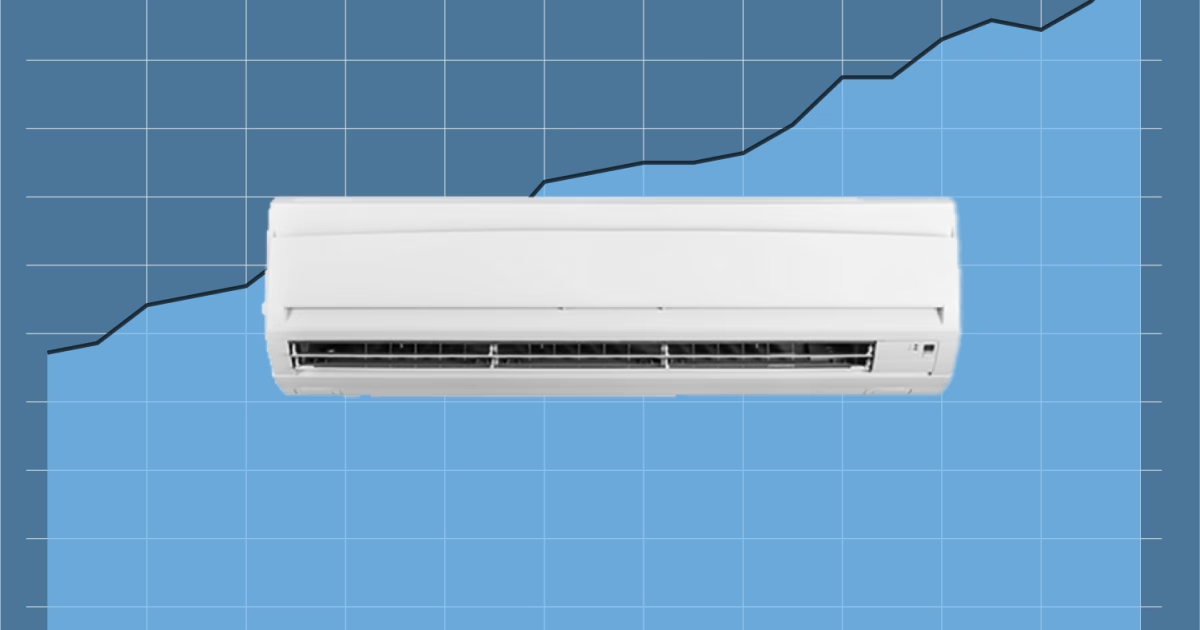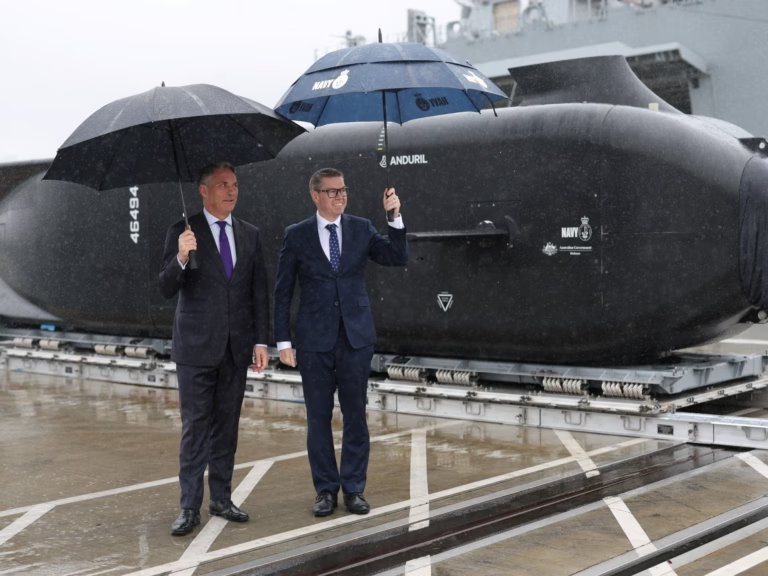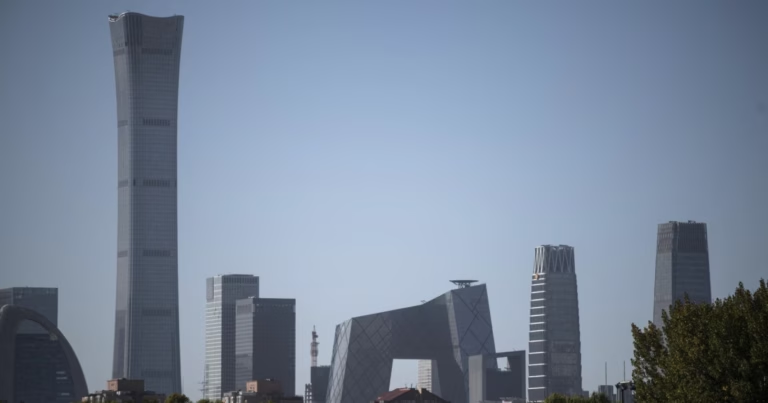Al Jazeera explores how air conditioners work, dives into the history of cooling technology, and offers actionable tips to protect your AC unit and reduce energy expenses.
Understanding Air Conditioning
Air conditioners operate by transferring heat from indoors to outdoors using a refrigerant. The indoor unit draws warm air over cold refrigerant in the evaporator coils, absorbing heat and cooling the air. This cooled air is then blown back into the room. The heated refrigerant subsequently moves to the outdoor unit, where it releases its heat and is condensed back into a liquid, thus turning the cycle.
The Evolution of Air Conditioners
The journey began in 1820 when British scientist Michael Faraday discovered that compressing and evaporating ammonia could cool air, paving the way for modern cooling systems. In the 1830s, American physician John Gorrie created a machine that produced ice to cool hospital rooms in Florida. Willis Carrier, in 1902, invented the first controllable air conditioner for a printing press, marking the beginning of modern air conditioning.
By 1914, the first residential air conditioner was installed in a Minneapolis mansion. The development of window-mounted units in the 1930s made cooling more accessible. The mini-split system, first developed in Japan in the late 1950s, further advanced efficiency with its ductless design. Innovations continued, focusing on energy efficiency and environmental concerns, including the replacement of ozone-depleting refrigerants with alternatives like hydrofluorocarbons (HFCs) and newer, more climate-friendly options.
Selecting the Right Air Conditioner
Choosing an appropriately sized air conditioner is critical for maintaining comfort and controlling costs. A unit too small can’t effectively cool a room, while one too large cools the space too quickly without removing sufficient humidity, leading to discomfort.
Protecting Your Air Conditioner
Proper care can prevent breakdowns, lower energy use, and extend the lifespan of your air conditioner. This includes not setting the thermostat too low, keeping air filters clean, allowing the system a break, avoiding frequent on/off cycling, and keeping the outer unit in the shade.
Reducing Air Conditioner Energy Use
You can reduce your air conditioner’s energy consumption by installing a programmable thermostat, using ceiling fans to raise the thermostat setting, sealing air leaks, avoiding heat appliances, drawing curtains, and utilizing exhaust fans.
Air Conditioners and Global Warming
While air conditioners provide necessary relief from heat, they contribute significantly to global warming through massive energy consumption and the release of greenhouse gases. The International Energy Agency (IEA) reports that space cooling accounts for about 7% of global electricity use and nearly 20% of building electricity consumption.
A Growing Demand for Air Conditioning
Global warming and rapid urbanization drive an increasing demand for air conditioning, particularly in tropical and subtropical regions. However, access remains limited in heat-exposed, lower-income countries despite the intensifying heatwaves.
DIY Air Cooler
For an energy-efficient cooling solution, consider building a homemade air cooler using a styrofoam cooler, ice, and a fan. While it won’t affect humidity, it can offer temporary relief during the hottest periods.






